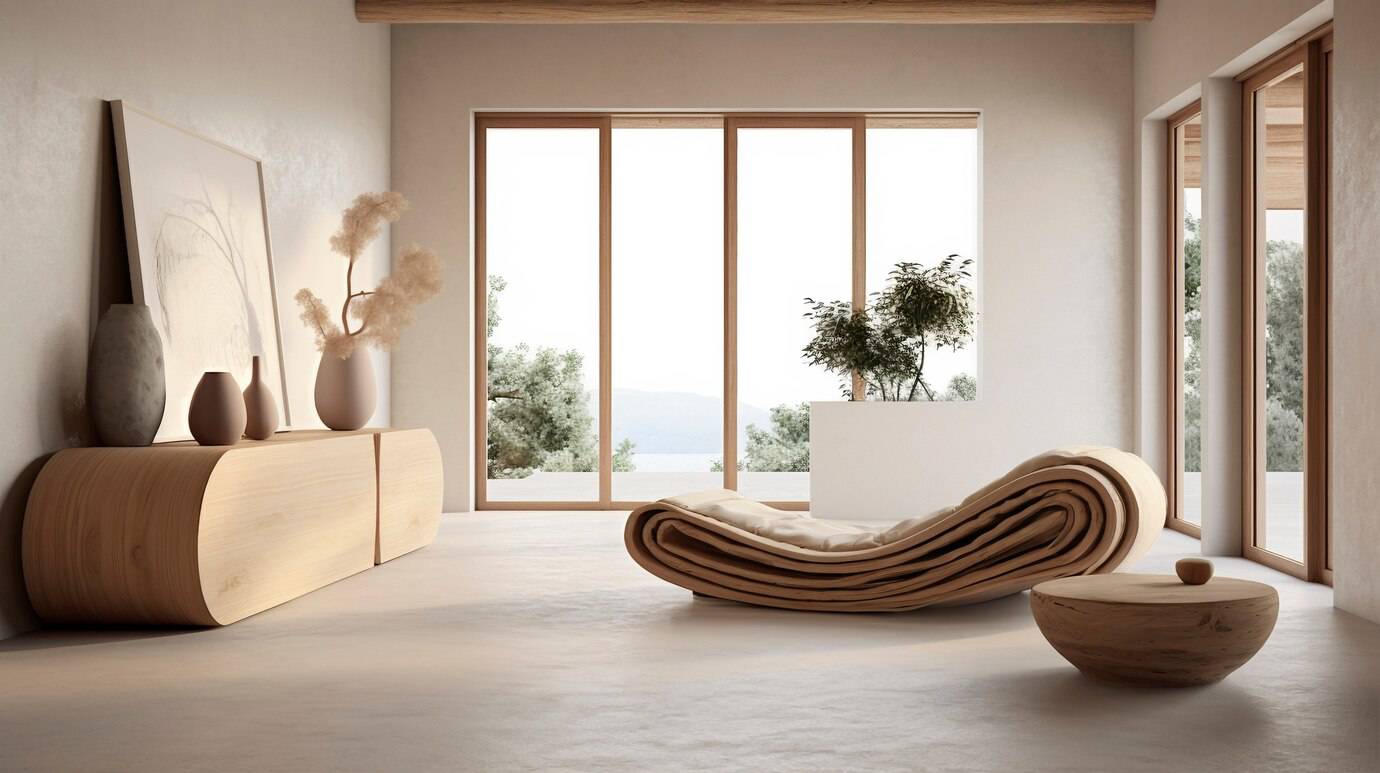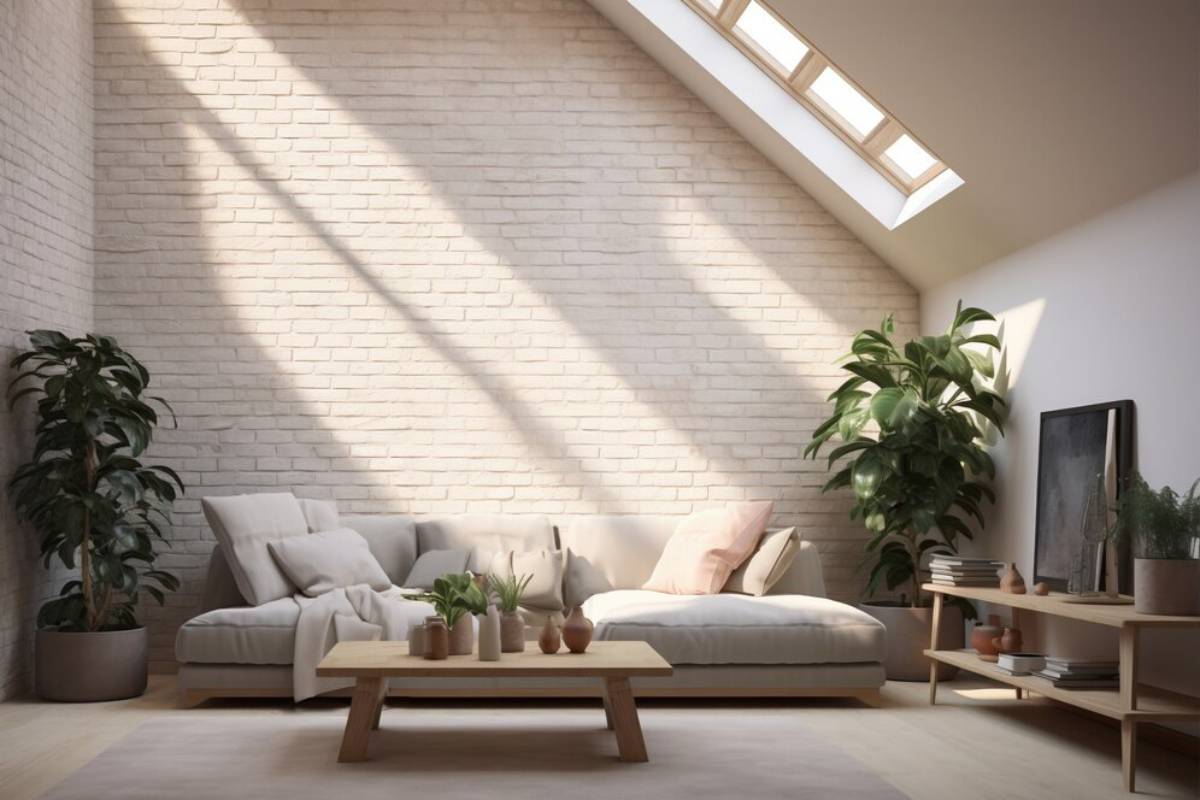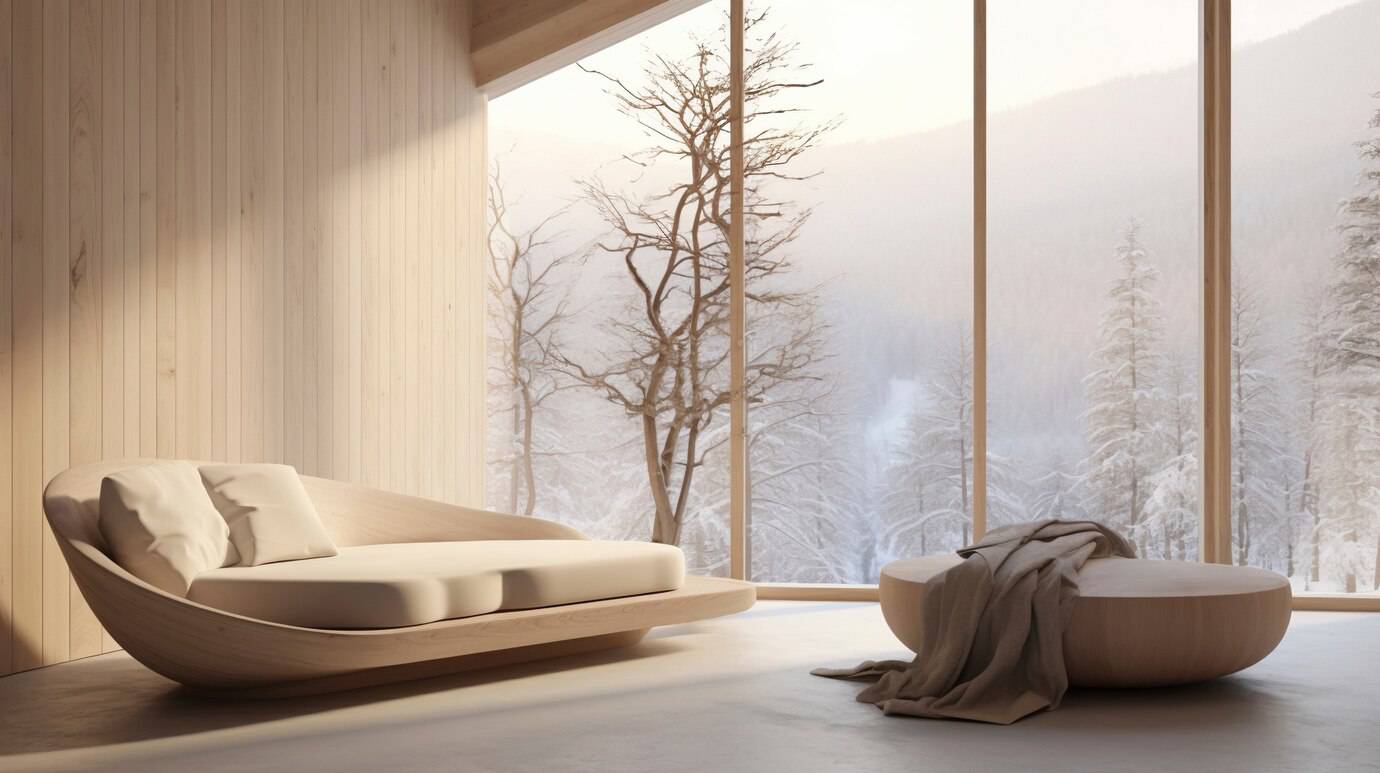
Natural Light Maximisation in Scandinavian Design
In Northern Europe, where winters are long and daylight is scarce, design becomes more than aesthetic—it becomes an atmospheric necessity. That’s why Scandinavian interiors are so uniquely attuned to light. They don’t just accommodate it; they amplify it. At the heart of this approach is natural light design—a strategy that transforms even the dimmest rooms into welcoming, bright rooms filled with clarity and calm.
In this article, we explore the principles, techniques, and materials that define light-optimised Nordic spaces—and how you can apply them to your home.
Why Natural Light Matters in Scandinavian Homes

Light in Scandinavia is precious. In winter, daylight may last as little as 6 hours. This scarcity has shaped a culture—and a design philosophy—that prioritises openness, reflectivity, and brightness.
Key Objectives of Natural Light Design in Nordic Interiors:
- Enhance mood and energy in darker months
- Create visual spaciousness in compact homes
- Highlight natural textures and materials
- Reduce dependence on artificial lighting
Scandinavian interiors, therefore, are designed to let in, bounce around, and hold onto every available beam of daylight.
Core Design Principles for Bright Scandinavian Rooms
1. White and Neutral Colour Palettes
The simplest and most effective way to maximise natural light is to reflect it. Pale walls bounce sunlight rather than absorbing it.
Recommended Shades:
- Crisp white or soft off-white
- Pale greys
- Warm beige or greige
- Chalky neutrals with matte finishes
These tones keep rooms airy without feeling clinical, especially when paired with wood and woven textures.
2. Sheer and Minimal Window Treatments
Heavy drapes block precious light. Instead, opt for:
- Sheer linen curtains
- Roller blinds in light tones
- Bare windows in private areas
Scandinavian interiors often embrace undressed or minimally dressed windows, relying on privacy glass or natural seclusion for coverage.
3. Reflective Surfaces and Materials
Light doesn’t just enter a space—it moves through it. Use reflection strategically to carry daylight deeper into your home.
Light-Bouncing Materials:
- Mirror panels or mirrored furniture
- Glass tables or cabinet doors
- Polished wood or light-wash flooring
- Ceramic or glazed tile accents
Even a strategically placed mirror opposite a window can dramatically brighten a room.
4. Open Floor Plans and Low Furniture
The typical Nordic home features open layouts and leggy furniture that allows light to travel freely across the space.
- Use half-walls or open shelving instead of dividers
- Avoid heavy, high-backed furniture that interrupts sightlines
- Embrace floating cabinetry and open-legged chairs
This openness enhances the sense of flow and maximises exposure to natural light sources.
5. Strategic Use of Glass
To further the reach of daylight, glass is used not only in windows but also as an interior design feature.
Applications:
- Interior glass doors or panels between rooms
- Skylights or roof windows
- Glass stair railings or partitions
This expands the spread of sunlight without disrupting spatial divisions.
6. Natural Materials for Softness and Contrast
While white walls provide brightness, Scandinavian interiors avoid sterility by layering natural textures.
- Light oak or ash wood for floors and cabinetry
- Jute, rattan, and linen for rugs and textiles
- Soft wool throws or upholstery in off-whites and greys
These elements anchor the light with warmth, making the brightness feel soft rather than stark.
Architectural Features That Enhance Daylight
In Scandinavian home architecture, light optimisation begins with the structure itself.
1. Large Windows and Multiple Exposures
Nordic homes often feature oversized windows, sometimes placed on multiple walls of the same room.
- Install windows closer to the ceiling to increase sun reach
- If renovating, prioritise east- and south-facing glass to maximise daylight hours
2. Skylights and Light Wells
Roof glazing brings daylight into darker interior areas like hallways, bathrooms, or kitchens.
- Consider flat skylights for a modern look
- Use tubular skylights for compact vertical installations
3. High Ceilings and Light-Coloured Beams
Raising the ceiling amplifies the sense of vertical spaciousness and invites more light in.
- Exposed beams in white or pale wood reinforce the Scandinavian aesthetic
Lighting Layers to Complement Natural Light
Even the most daylight-optimised spaces need support in darker hours. Scandinavian interiors are known for their layered artificial lighting.
Types of Lighting:
- Ambient: Recessed fixtures or ceiling pendants
- Task: Reading lamps, under-cabinet lights
- Accent: Wall sconces, LED shelf lighting
- Mood: Candles, lanterns, and warm-toned bulbs
Choose dimmable bulbs in warm colour temperatures (2700–3000K) to mimic the soft glow of daylight.
Rooms That Benefit Most from Natural Light Design
1. Living Rooms
Place seating to face windows. Use floating furniture to preserve openness. Mirror panels can double the effect of natural light.
2. Kitchens
Pair reflective worktops with open shelving and under-cabinet lighting. Pale cabinetry with light-toned flooring keeps the space bright.
3. Bathrooms
Use frosted glass or high windows for privacy without sacrificing light. Pale tile and wall colours extend the daylight’s reach.
4. Bedrooms
Choose light bedding and window treatments. Add bedside lamps that complement the room’s brightness without overwhelming it.
Sustainable and Passive Light Strategies
In addition to aesthetic goals, natural light design supports energy efficiency. Scandinavian homes often use passive solar design principles to:
- Reduce heating needs through sun exposure
- Lower electricity use with daylight-responsive lighting
- Support circadian rhythms for better health and sleep
Skylights, reflective surfaces, and strategic window placement all contribute to a more sustainable home.
Common Mistakes to Avoid
Overuse of dark furniture or wall colours
Blocking windows with tall furniture
Neglecting secondary light sources in windowless zones
Using cold-toned or harsh lighting that clashes with daylight
Forgetting texture—smooth doesn’t mean lifeless
Balance clarity with cosiness to preserve the essence of Scandinavian interiors.
Sample Scandinavian Light-Optimised Spaces
The Modern Nordic Flat:
- Whitewashed oak flooring
- Linen curtains hung high to elongate windows
- Matte white walls with an open-plan layout
- Floating birch cabinetry and mirrored backsplash
The Compact Cottage:
- Vaulted ceiling with roof windows
- White beams and walls
- Natural stone floors and driftwood accents
- Slimline pendant lights and floor lamps for evening use
The Urban Studio:
- Floor-to-ceiling windows on one wall
- Open shelving and foldaway furniture
- Warm white LEDs for indirect lighting
- Cream-toned rugs and soft wood finishes
Each design illustrates how thoughtful natural light design transforms even modest layouts into bright rooms that feel expansive and inviting.
Key Takeaway
Scandinavian interiors are built on the intelligent, intentional use of light. Whether through colour, layout, or material, every element serves to reflect, maximise, or support daylight. With careful planning, even the smallest or darkest spaces can become bright rooms full of calm, clarity, and warmth.
Light as Lifestyle

In the Nordic home, light is not just illumination—it’s atmosphere, emotion, and identity. Natural light design isn’t about flooding rooms with brightness; it’s about crafting spaces that feel quietly radiant, day after day.
So strip back the heavy curtains, let the walls breathe, and invite the light in—because in Scandinavian interiors, daylight is the most beautiful decor of all.


